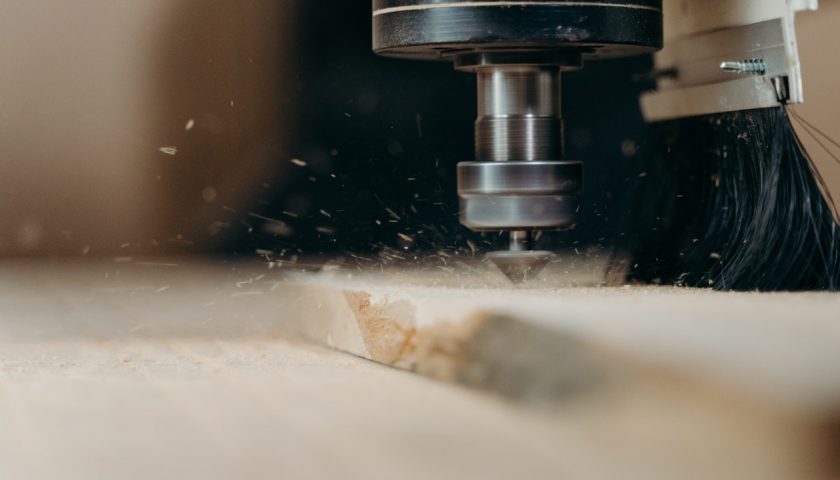Precision machining is the key to ensuring that a part or product operates smoothly and with less power consumption. For example, an incorrectly machined gear in an electric motor would reduce energy transfer efficiency between components. Below are the different types of precision machining tools.
Types of Precision Machining Tools
CNC Milling Machine
CNC milling machines are designed to handle more challenging tasks. They can produce complex geometries on parts quickly by removing excess material through high-speed cutting tools. This process can result in precise holes, slots, curves, fins, and many other complex shapes. CNC milling applications include airplane wings, automotive fuel tanks, robotics, foods, biomedical equipment, medical implants, scientific instruments, furniture fittings. Standardized computer drawings and specially designed software is used to create and control the movements of these complex movable heads. The cutting tool can be a single point, rotary cutters (end mill), multiple cutting tips (drill bits), ball end mill, flat cutter, or a combination thereof.
Surface Grinding Machine
Surface grinding machines work similarly to CNC milling machines except that they remove material by making many small cuts quickly. Instead of a single point, they have a rotating wheel with hard abrasive tips that remove material from the object being worked on. A machine company uses them to create flat surfaces, cylindrical shapes, and many other geometries. Although this method results in less material removal than milling machines, it is much slower and cannot produce fine tolerances.
CNC Lathe Machine
Similar to a CNC mill machine, a computer numerically controlled lathe machine uses CNC technology to automatically perform process planning, tool path generation, and machine control. The difference is that this type of machining turns an object between centers instead of moving the cutting head. When each component rotates slowly or quickly, depending on the machining task, the tool is fed into it along with a steady feed rate. For example, if you are making a cup, the stock material is provided around the axis of rotation while the stationary cutter creates each layer of material successively. Because this method can take less time to make complex shapes compared to milling machines, it is usually faster and more economical for large production runs.
CNC Wire Electrical Discharge Machines (EDM)
EDMs are used only on electrically conductive materials with high tensile strength. This machine uses electricity to generate an electrical discharge that melts away metal through tiny holes in the workpiece. The melted metal collects in pools on the bottom, and manufacturers transfer it through channels to a separate reservoir tank. Manufacturers use this process to create simple shapes with reasonable accuracy in a short amount of time. You can integrate wire EDM machines with pallet-based automatic tool-changing systems to reduce costs.
End mills
End mills are by far the most commonly used cutting tool used for precision machining. They come in many different styles, with names like ball nose end mills, bull nose end mills, radius end mills, slotting cutter, and face cutters. Each has its own set of applications they are best suited to work with. One application is finishing or contouring large surfaces on all sides of a material being used for mass production purposes. Another use is finishing parts down to exact dimensions quickly and efficiently by taking multiple passes through the material until it reaches the final dimensions.
